ACS Painting Grant
EXPANDED DISCIPLINARITY
Chapter I: Constructing Painterly Relations
Shortlist Exhibition, Art Centrix Painting Grant 2024
Programme Conceived by Sibdas Sengupta
Shortlisted Artists
Anavi Mullick | Bhimanshu Pandel | Hemant Gavankar | Dakshayani Chippada | David Malaker | Nehal Verma | Nikesh Ola | Rakesur Rahaman | Sourov Garai | Swapnesh Vaigankar
Curatorial Note
Whether there be a way to reconfigure medium-specific disciplines in contemporary art, while being a part of the disciplinary frameworks?
The impetus to the exhibition, started with thinking-through structuring a programme, for practicing contemporary artists to support their artistic practice. The programme, Art Centrix Painting Grant 2024, is the inaugural grant offered by the Delhi-based gallery, Art Centrix Space. This yearly Grant focuses on engaging with artists from Indian diaspora, where each edition’s programming and curatorial intent is dedicated to different disciplinary approaches in the field of visual and contemporary art. The inaugural edition of the programme, Art Centrix Grant- Expanded Disciplinarity: Constructing Painterly Relations, focuses on painting as a discipline and how artists engage in the different processes of negotiation between meaning, process, image-making, materiality, performativity and so on and so forth in their artistic inquires. Through this process, the curatorial intent of this grant structure is also, in many ways, interested in locating new paradigms of painterly discourses, which majorly reflects the inquiries and explorations with a rigor to propose new alternatives for re-defining the historiographic and geographic attributions of painterly discipline in the current milieu of contemporary art.
With Art Centrix Grant, as a programme, we aim to generate a space of continuation and maintain a flow of circulation for supporting experimental and challenging artistic inquiries beyond the disciplinary approaches as a byproduct or a fragment of disciplinary frameworks. The programme also aims to think-through the modalities of the grant-making as an apparatus to engage with artists, for exercising the curatorial intent at different levels. In the case of Art Centrix Grant, the curatorial intent as mentioned above also, is dedicated to hold on to the practices, which challenge the existing notions of disciplinary approaches and attempt to de-centralise the ‘process of making’ with the quest for navigating alternatives with-in the ambit of various understandings of painterliness in the history of Art.
Expanded Disciplinarity is the larger theoretical and curatorial framework of the programme, Art Centrix Grants. As a whole, with the engagement through yearly exhibitions, the programme will diligently work with contemporary practitioners in coherence with each edition’s disciplinary concept. In that sense, overarchingly, Expanded Disciplinarity, as a theoretical and curatorial framework, aims to build a space for gathering ideas and methodologies for building new- discourses through which the practice and discipline can be reconfigured as well as, can be seen through the lens of the times, we are living in.
The first chapter of Expanded Disciplinarity- Constructing Painterly Relations, is focused on searching and locating painterly configurations through exchanges and extension of disciplinary knowledge. Apart from the prolonged Art-Historical understanding of painting; the times we are living in, the idea of contemporary painting as a discipline, discourse and various methodologies of painting making-thinking has gone through a wide range of revivals and rejuvenation. The contemporary meaning of painterly subjectivity also has numerously altered and dissected a range of preconceived notions, such as, the idea of the self, the idea of surrounding, the idea of personal, artistic research, artistic agency, artist as the authorial self, aesthetic autonomy and so on and so forth. Now, in this process of navigating contemporary meanings of painterly subjectivity, the most crucial aspect is to comprehend the idea of knowledge and how one could understand different processes of decentralizing and distributing the knowledge in the process of making.
Further, to proceed ahead with this curatorial inquiry for various contemporary attributions of painting in our times, I would like to propose a methodology, while not just limiting the disciplinary discourse to any tight disciplinary practice. The proposition would be to look at artistic practices in search for painterliness through various modalities of transitional explorations and inquiries across mediums, concepts and disciplines to arrive at painterly aesthetics, which is co-dependent through different disciplinary domains. By mentioning this, I also would like to highlight this process would broadly investigate the notion of “in-betweenness” through the identity of a painter in different time and spaces for unfolding the nuances of consistent exchanges by defining contexts and definite establishments in disciplinary domains.
This exhibition, in many ways, is an attempt to understand the position and the identity of a painter engaging with the complex history of painting-making as well as the transitions through which the painterly perspectives have extended to newer ways of disciplinary manifestations and vice-a-versa. The question also this exhibition predominantly is interested in is, how one can locate the identity of a painter in these transitional spaces with the totality of their conceptual choices and artistic concerns in their practices. For me, such transitional spaces open to identify the position of a painter in a wider discursive space, where the artist, primarily is a painter, or could be any medium-specific disciplinary practitioner or could be an inter- disciplinary or a trans-disciplinary or a cross- disciplinary practitioner. What is very important in this case, in my curatorial attempt is, to distinguish the position of a painter: engaging with research, materiality and self. Through curatorial inquiry I am also equally interested in navigating spaces where the painterliness or being a painter can be seen as a fragmented or a dissected being in larger artistic discourses. The identity of a painter, in both the cases, either is strongly permanent or is fairly ephemeral, where it simultaneously emerges as well as dissolves depending on concerns, artistic strategies and affects that their practices are rooted in and evolved through.
This exhibition features ten artists from different parts of the country engaging with diverse subject matters and artistic research in their practices. The core of the exhibition, as mentioned, has developed through the artworks and artistic practices, where the painterliness is being understood through transitions between disciplines and different ways of understanding contemporary practices. The artworks and the artists selected in this exhibition also strongly refer to the curatorial inquiry of “disciplinary transitoriness" for defining meanings of painterly attributions through inter-dependent subjectivities across mediums, context and materiality.
The curatorial attempt of this exhibition and the programme as a whole, initially was to engage with different disciplines in each one of its edition. Further the interest has been to question, can this model of structuring, as a programme, open new ways for curatorial interventions and spaces of co-thinking between the artist, curator and the times we belong to. In that sense, the question also one would ask is, what is the role of curatorial thinking in the development of such programmes? What can the curatorial thinking contribute for developing such structures of support-system to contemporary practitioners? How and what “meaning” and “knowledge”, such curatorial exchange will develop in the process of exhibition-making and through the selection of works for the exhibition?
This essay, at multiple levels, act as an introduction to a long-term curatorial exercise through different forms of exhibitions and engagements with various artistic strategies at multiple times. The exhibition unites artistic positions from different generations and geographic contexts: what they have in common, however, is the unconventional use of materials, conceptual processes and the curiosity to experiment with it. As a whole, this program, ACS Grants is an attempt to foreground specific disciplinary sensibilities for each one of its edition. In this process, at large, the disciplinary prompts of every edition also does not defend a hermetic discourse in history of art-making rather signify a unity of knowledge beyond disciplines. The programme, in many ways, through each of its editions, aim to foreground upgraded understandings, methodologies and discourses; between the disciplines, across the different disciplines, and beyond each individual discipline. Each chapter of this engagement is an attempt to move beyond the conventional notions of practice meant in disciplinary frameworks. However, each edition is dedicated to different disciplinary prompts, but, as a whole, each chapter of this program will lead to the development of thinking between the disciplines and building new forms of aesthetics, practice and research with specific disciplinary domains. At multiple levels, Expanded Disicplinarity, aim to provide upgraded vocabularies and building disciplinary approaches for defining new paradigms, while allowing methodologies to spill over disciplinary boundaries, while staying within the framework of disciplinary histories of art-making.
Sibdas Sengupta
June 2024
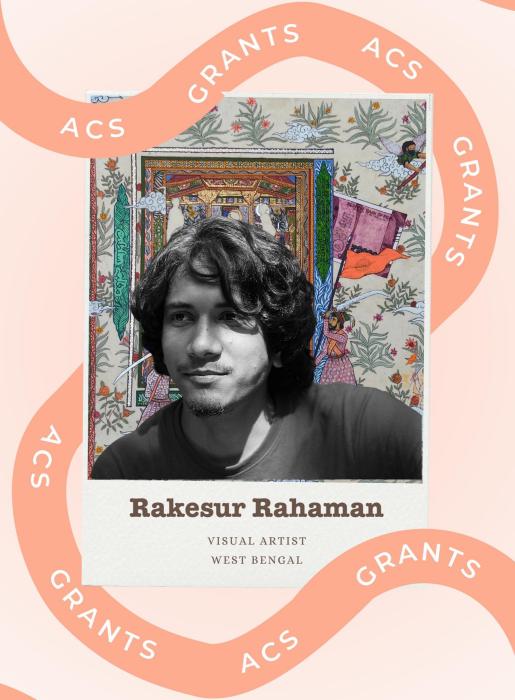
ACS Grants
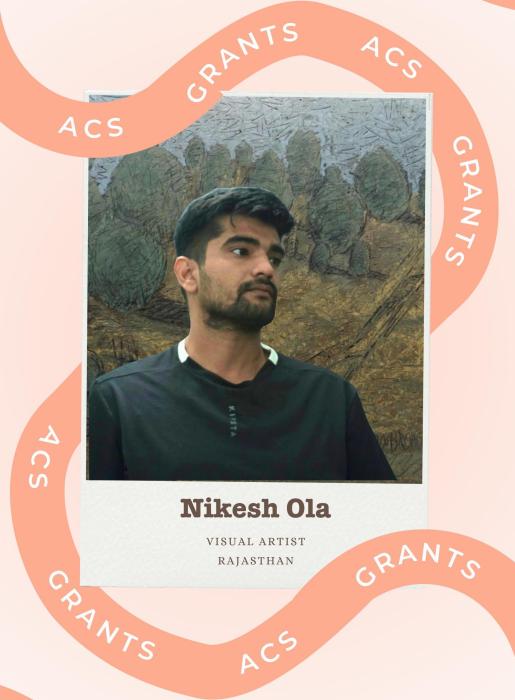
ACS Grants
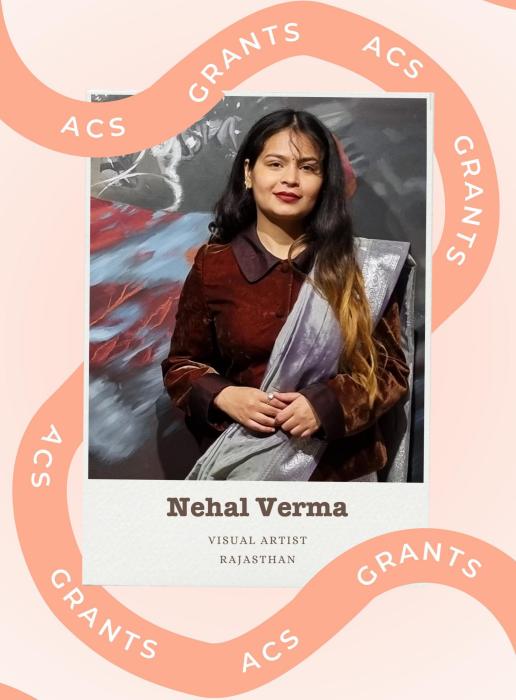
ACS Grants
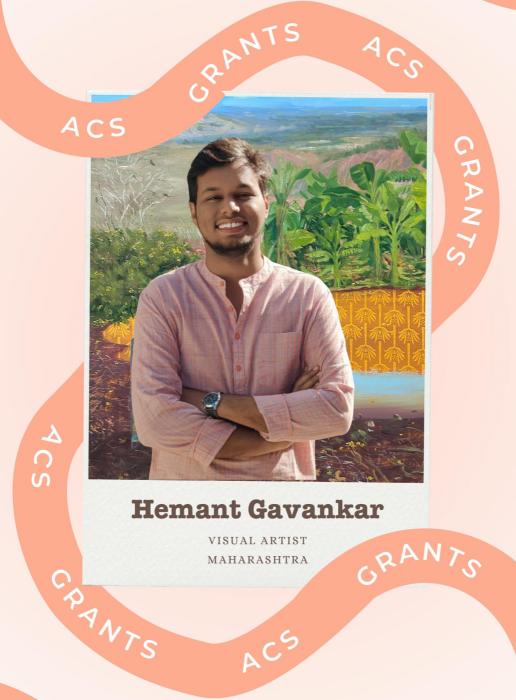
ACS Grants
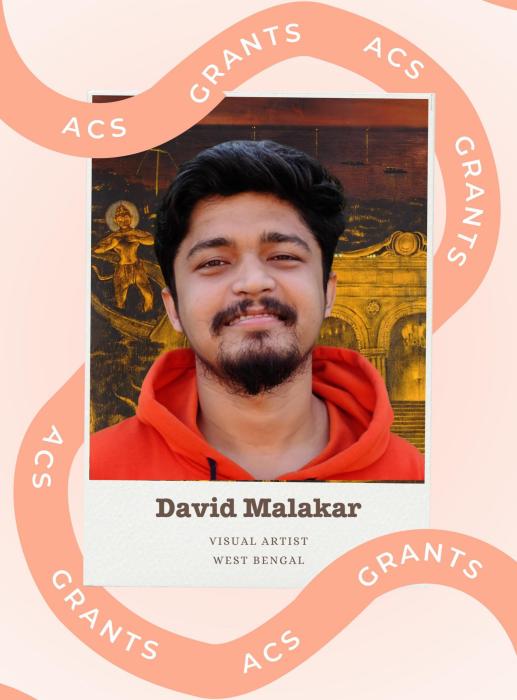
ACS Grants

ACS Grants
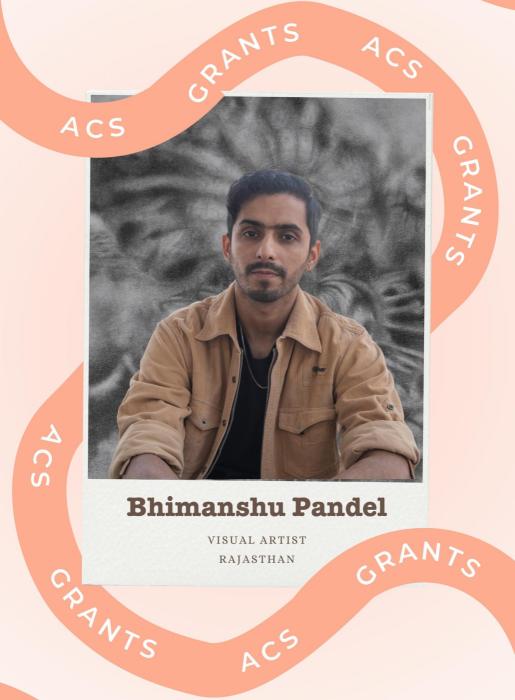
ACS Grants
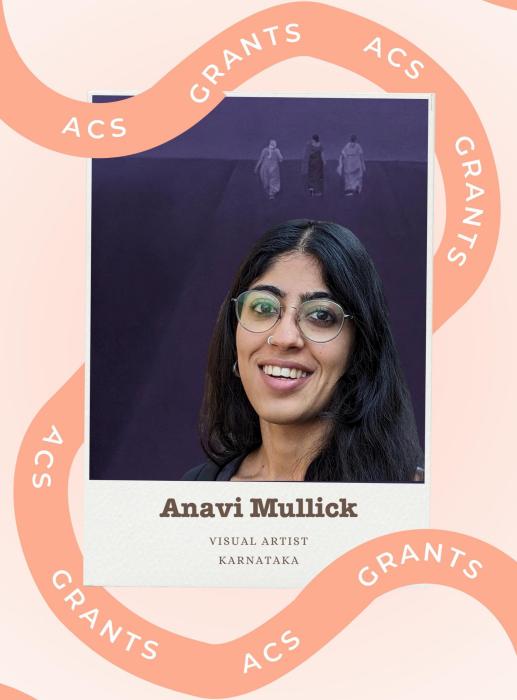
ACS Grants